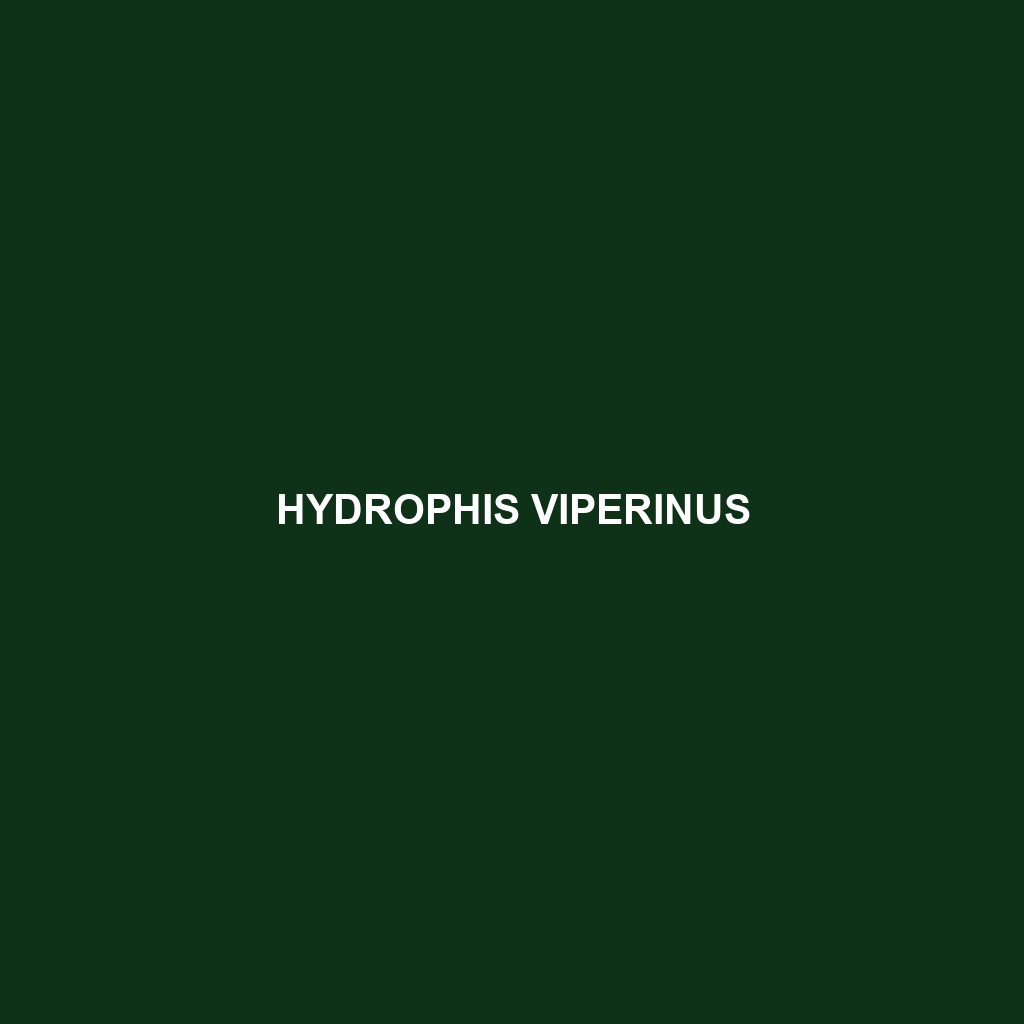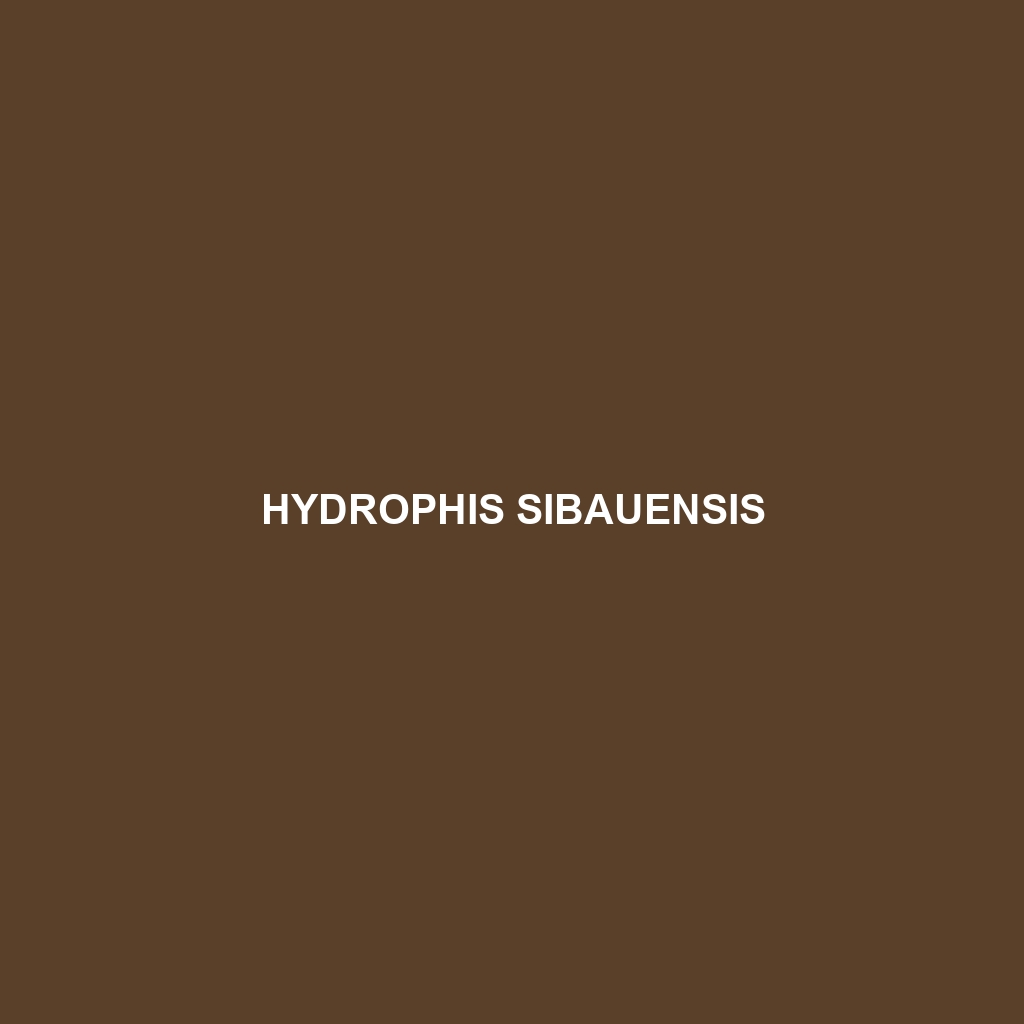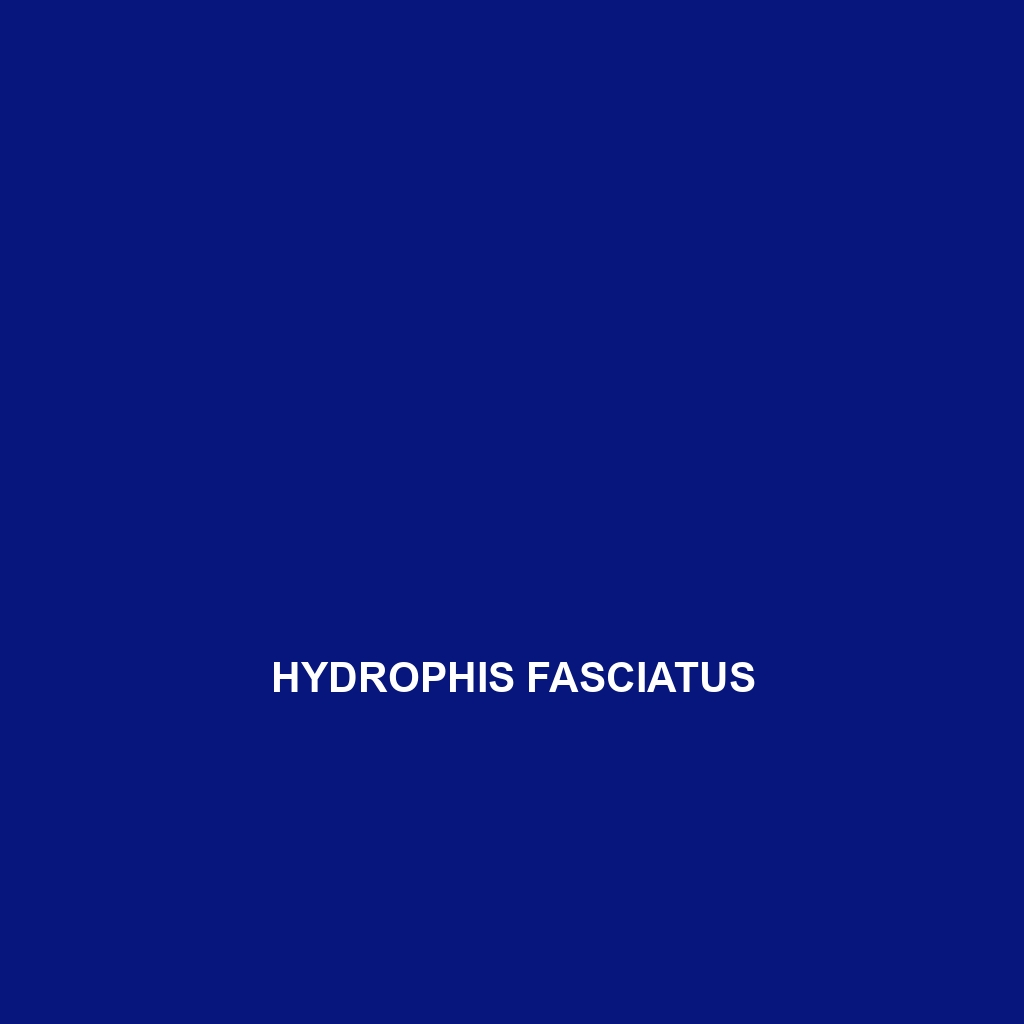The <b>Laticauda laticaudata</b>, or wide-bodied sea snake, thrives in warm tropical and subtropical waters, primarily found in coral reefs and coastal areas. Measuring between 1.2 to 2 meters, this diurnal carnivore captures fish and crustaceans using its potent yet mild venom, playing a vital role in maintaining ecological balance in marine ecosystems.
Tag: venomous sea snakes
Hydrophis zweifeli
Common Name Hydrophis zweifeli Scientific Name Hydrophis zweifeli Habitat Hydrophis zweifeli, commonly known as Zweifel’s Sea Snake, is primarily found in warm, tropical marine habitats. This species inhabits the shallow coastal waters and coral reefs of the western Pacific Ocean, particularly in regions such as the Coral Sea, Great Barrier Reef, and coastal waters of […]
Hydrophis viperinus
<b>Hydrophis viperinus</b>, also known as the Yarned Sea Snake, is a carnivorous predator found in tropical marine habitats across the Indo-Pacific, characterized by its elongated body, paddle-shaped tail, and distinctive coloration that aids in camouflage. This species plays a vital role in marine ecosystems by regulating fish populations and contributes to the health of coral reefs.
Hydrophis stokesii
<p><b>Hydrophis stokesii</b>, commonly known as Stokes' sea snake, is a slender, venomous marine reptile found in the warm coastal waters of the Indo-Pacific region, known for its striking olive or bluish-green coloration and ability to thrive in diverse marine habitats. This ovoviviparous species plays a crucial role in the ecosystem as both predator and prey, primarily feeding on small fish and eels while exhibiting unique hunting behaviors.</p>
Hydrophis stricticollis
<p><b>Hydrophis stricticollis</b>, known as the broad-headed sea snake, thrives in the warm coastal waters of the Indian and Pacific Oceans and is characterized by its slender body, paddle-shaped tail, and potent neurotoxic venom. This ovoviviparous species plays a crucial role in marine ecosystems, controlling fish populations and serving as prey for larger predators.</p>
Hydrophis sibauensis
<p><b>Hydrophis sibauensis</b>, or the Sibau Sea Snake, is a carnivorous marine species found in Southeast Asia, characterized by its elongated body, unique coloration, and ability to remain submerged for up to 30 minutes. This diurnal snake plays a crucial role in marine ecosystems by regulating fish populations while thriving in coral reefs and estuarine areas.</p>
Hydrophis obscurus
<p>The <b>Hydrophis obscurus</b>, or obscure sea snake, is a slender, agile marine reptile native to tropical and subtropical waters of the Indian and Pacific Oceans, characterized by its greenish-yellow to brownish coloration and paddle-like tail. It primarily feeds on fish, exhibits diurnal hunting behavior, and plays a vital role in maintaining ecosystem balance within coral reefs and coastal habitats.</p>
Hydrophis ocellatus
The Hydrophis ocellatus, or spotted sea snake, is a carnivorous marine species characterized by its elongated, paddle-like body, dark oval spots, and strong swimming abilities. Primarily found in tropical waters of the Indian Ocean and Western Pacific, it plays a critical role in marine ecosystems by regulating fish populations and thriving in diverse aquatic habitats.
Hydrophis inornatus
<p><b>Hydrophis inornatus</b>, commonly known as the Plain Sea Snake, is an agile marine predator found in warm coastal waters of the Indo-West Pacific, featuring a slender body up to 1.2 meters in length and a diet of small fish and invertebrates. This ovoviviparous species plays a vital role in its ecosystem, controlling prey populations while demonstrating remarkable adaptations for an aquatic lifestyle.</p>
Hydrophis fasciatus
<p><b>Hydrophis fasciatus</b>, commonly known as the banded sea snake, is a slender, venomous species characterized by striking dark bands on a lighter body, primarily inhabiting coastal regions of the tropical Indo-Pacific. This carnivorous snake plays a crucial role in marine ecosystems by regulating fish populations and can be found swimming near coral reefs and seagrass beds.</p>







